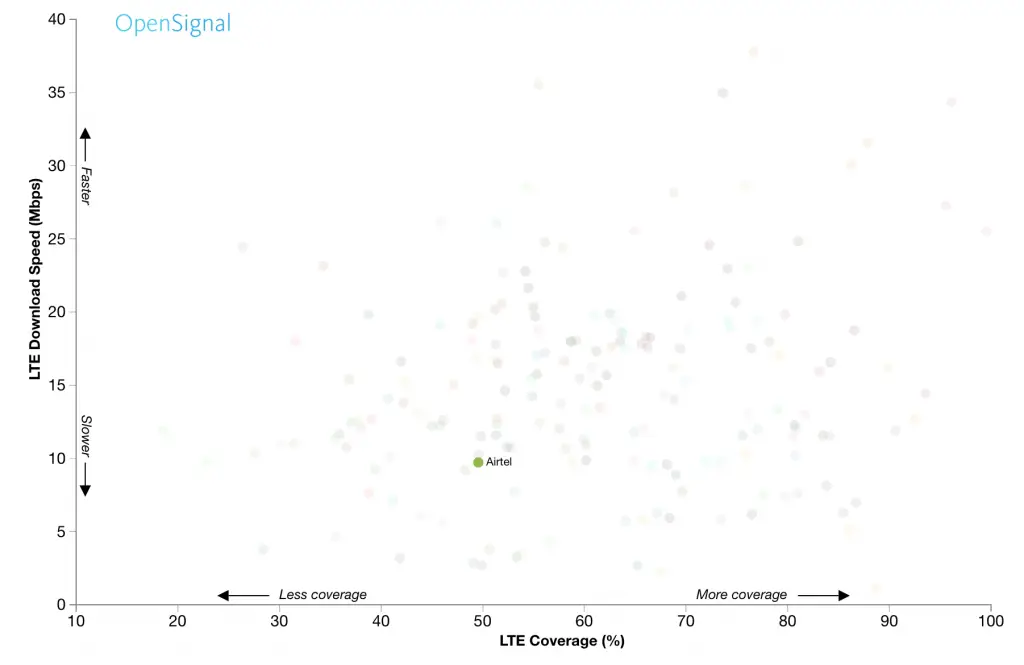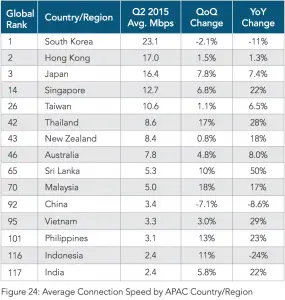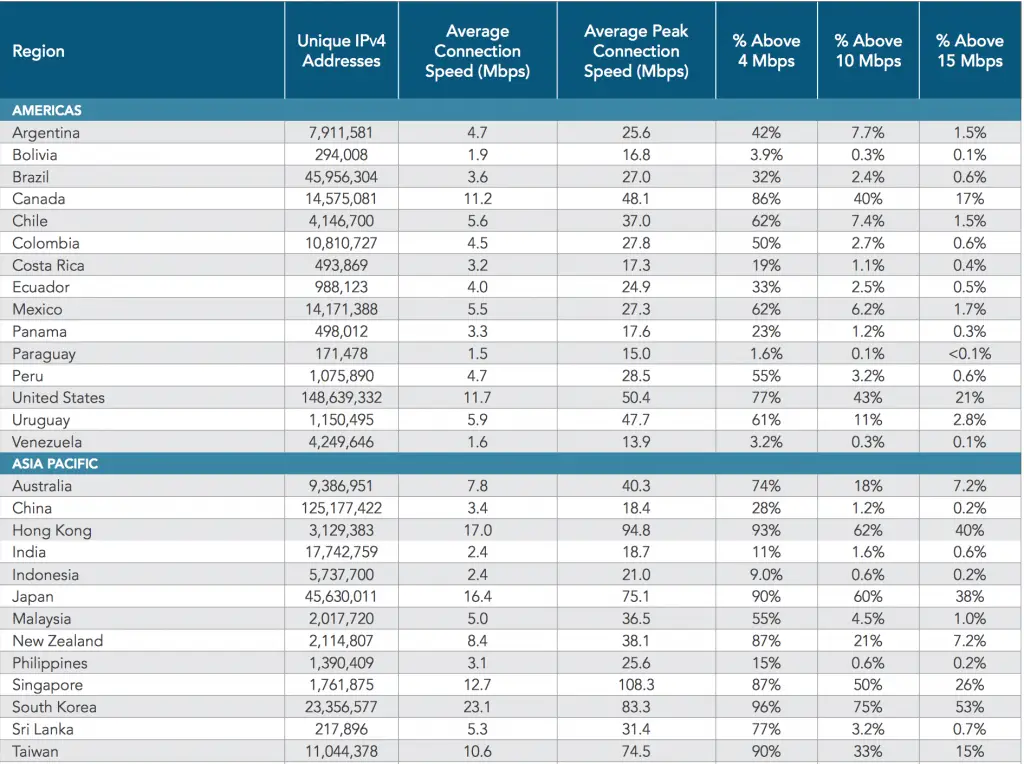[stbpro id=”alert”]Also Read: What is 4G LTE, 4G LTE Popular Types and 4G LTE in India[/stbpro]
According to this study, India’s LTE speeds average around 10 Mbps with Airtel being the only service provider in India, allowing users about 50% coverage (measured as the amount of time a surveyee spent connected to LTE vs. other networks). This is a number that seems meagre in comparison to other countries. However, in terms of speed, we tie with the U.S.A. at 10 Mbps, although coverage in the States ranged from 53% to 84%. New Zealand ranks at the top, with an average of 36 Mbps while South Korea’s LGT enjoys the best coverage range of 99.6% and also takes the cake for the country with the best coverage overall. OpenSignal garners its data through anonymous crowdsourcing, relying on users to download their app for Android and iOS. This data is then used to build their coverage maps and, also used for further analysis. Their survey for LTE, was the culmination of data gathered from over 3,25,000 users, around the world. LTE is capable of providing a tenfold increase in Internet speeds compared to 4G; not to mention the reliability gains achieved by switching to 4G. A widespread adoption seems like a no-brainer. The question arises- why is there a huge gap between India and its contemporaries? Despite Airtel’s prolific efforts into a widespread adoption of its 4G initiative, the costly price tag, high initial setup costs, sparse coverage and a lack of unanimity among all parties involved, towards 4G, has lead to a measly adoption rate in India.
The Current Broadband Situation
Broadband in India has been prevalent since a while, now. Yet, the story is relatively the same here too. According to a study published by Akamai for the second quarter of 2015, India is the 117th country in global Internet speed rankings with only 11% of the population lying above the 4 Mbps mark. The study states that India’s average speed measures a paltry 2.4 Mbps with peak speeds touching 18.7 Mbps approximately. The best internet speeds are experienced by users in South Korea, with an average of 23.1 Mbps and a peak speed of 83.3 Mbps. Average internet speeds put India at the lowest spot in the Asia-Pacific region, among the countries surveyed, tied with Indonesia. Needless to say, India can observe a lot of potential for growth in its Internet speeds for both mobile customers, and broadband consumers. Realizing that potential in an age where the Digital India campaign is being pushed ahead with bullish expansion and voraciousness, consumers are likely to witness snappier Internet speeds at a sustainable scale as long as we all, collectively, keep vying for a faster Internet.


